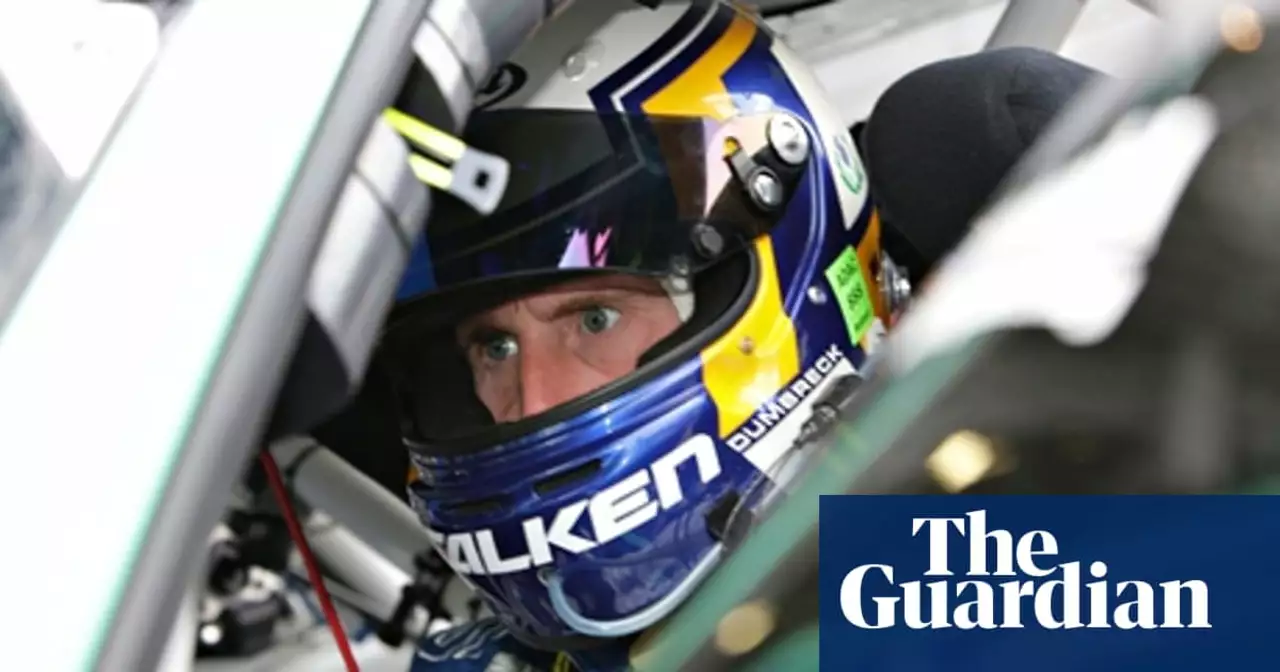Rally Driver Basics: Gear, Skills, and Stories
If you’ve ever wondered what makes a rally driver tick, you’re in the right place. From the shifter they grip to the way they read a stage, the details matter more than you think. Below we break down the gear, the training steps and a few insider tips you can use today.
Choosing the Right Shifter
Most rally drivers swear by a sequential gearbox. Unlike a normal stick shift, a sequential unit forces you to move through gears one at a time – 1‑2‑3‑4 – without the “H‑pattern” jumps. This speed‑first design lets you shift in a flash, keeping the engine in the sweet spot while you hug corners. If you’re building a car or buying a kit, look for a short‑throw, dog‑ring type that snaps into place in under a second. The feel is solid, the sound is sharp, and you’ll spend less time worrying about missed shifts on the gravel.
Safety gear is just as important as the shifter. A good helmet, fire‑resistant suit and roll cage protect you when the inevitable off‑road moment happens. Make sure your helmet meets FIA standards and that your suit’s seams are taped – tiny gaps can become big problems at speed.
Learning the Rally Way
Starting out as a teen? The fastest route is a rally school. They’ll teach you car control, basic mechanics and how to work with a co‑driver. Don’t skip the hand‑brake lessons either – that long stick on the centre console is your secret weapon for tight hairpins. Pull it and the rear wheels lock, letting the car swing around corners that would otherwise stall you.
Front‑wheel‑drive (FWD) cars can be surprisingly good on snow or icy stages. The weight sits over the driven wheels, giving you better bite when the surface is slick. Still, a skilled driver can make any drivetrain work, so focus on smooth throttle and precise steering.
Memory vs. navigator is a hot debate. The best drivers blend both – they know the general shape of a stage, but they rely on the co‑driver for exact notes, surface changes and surprise obstacles. Treat the notes like a conversation: you listen, you confirm, you act.
Drifting isn’t just for show; it’s a practical way to keep speed through a corner when grip is low. By shifting weight and using the hand‑brake, you keep the car balanced and exit the turn faster. Practice on a safe shakedown before you try it on a timed stage.
Speed limits in rally can hit 120‑130 mph on straight sections, but most of the action is about control. A car that feels steady at 80 mph on gravel will beat a faster car that slides off the line. That’s why endurance training – long runs, cardio and mental focus – matters as much as garage work.
Fitness and mental prep are often overlooked. Simple hill repeats, shoulder stability drills and visualising each stage improve reaction time and reduce fatigue. A clear mind helps you interpret the co‑driver’s notes without second‑guessing.
Bottom line: a rally driver needs the right gearbox, solid safety gear, a good hand‑brake technique, a trusted co‑driver partnership and a habit of practicing both on‑road and off‑road. Dive into our posts, pick a skill you’re missing, and hit the next club day with confidence.
How much does it costs to become a rally driver?
Becoming a professional rally driver is an expensive but rewarding endeavor. From buying the right car and equipment to paying for travel, lodging, and other expenses, the cost of getting into the sport and succeeding can add up quickly. But with dedication, hard work, and the right attitude, it is possible to make a career out of rally driving. For those passionate about the sport, the cost of becoming a rally driver can be worth the effort.
Read More

